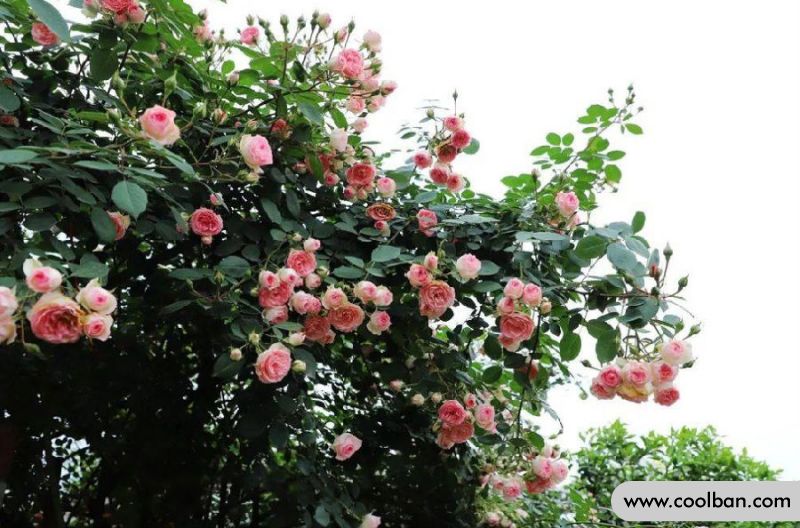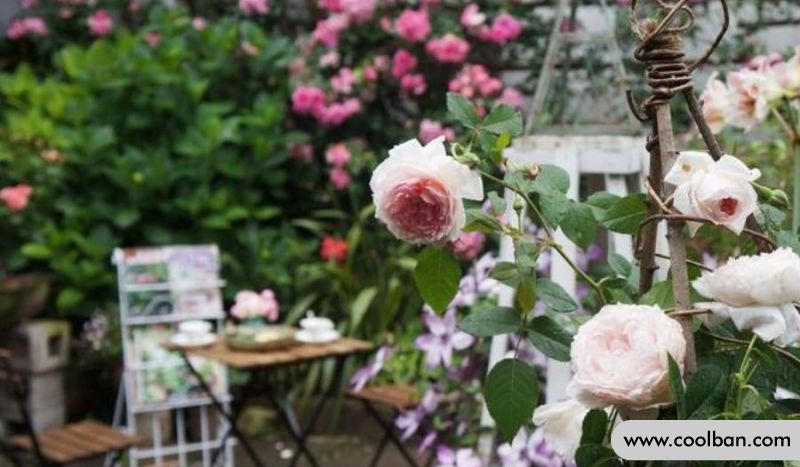What are the steps of soilless cultivation of roses?
A deciduous tree of the rose family with obovate petals of various colors, weak branches, weakly pendulous, with spiny thorns, distributed throughout the world. Roses are usually made into fresh cut flowers and made into bouquets to give to others. They are a very popular plant and a plant of great economic value. Roses can be used to make tea or to extract roses. Essential oils can also be used to make cosmetics. So, how should roses be grown? What are the conditions for planting? Let's find out!

Planting conditions for roses:
Planting conditions 1. Soft soil
When planting roses at home, choose loose soil, such as sand, such as vermiculite, so that the roots of the roses can expand freely in the soil, so that they can grow better.
Planting conditions 2. Light temperature
When planting roses, pay attention to proper temperature and light, and place them in a sunny place, so that it can be directly exposed to its growth and flowering within more than 4 hours. The temperature should be controlled between 20-25 degrees to prevent temperature too high or too low.

Planting Conditions 3. Watering and Moisturizing
The potted roses at home should be watered in all seasons, generally two days in spring and autumn, once every 2 to 3 days, if the temperature is higher in summer, once a day, and less watering in winter, once every 7 days.
Planting conditions 4. Reasonable top dressing
To maintain strong nutrition, roses can be fertilized every two weeks so that they can grow vigorously in the growing period. When the flowering period is reached, phosphorus and potassium fertilizers need to be applied. It can bloom every ten days. Give it a basal fertilizer to let it overwinter.

Planting Conditions 5. Pruning and Repotting
Potted roses should be replaced every year to ensure a suitable growing environment and soil, and to prevent pests and diseases. In addition, it is necessary to prune the branches and leaves of roses in time, and cut off weak branches, multiple branches, diseased branches, residual branches, etc., so that they can grow healthily.

Rose soilless cultivation steps:
Step 1. Variety selection
Roses can be cultivated without soil, but not all roses can be cultivated without soil. Therefore, you must first choose the variety of roses. Generally, you can choose varieties such as Salmonsa for soilless cultivation. Salmontha roses have no soil. It can still grow vigorously and brightly under the circumstance, so it is the best choice for soilless cultivation.
Step 2. Soilless Substrate
If there is no soil for rose cultivation, you can choose perlite, granite, etc. as soilless substrates, and then prepare a relatively large pottery pot with a drainage port at the bottom of the container. If it is soilless cultivation, you can put granite in the container. The bottom of the root can be fixed, so that it can grow more vigorously. Pay attention to watering every day, watering, and also water to protect roses.

Step 3, transplanting and cultivation
How roses are grown soilless, first by inserting the prepared samontha rose into soilless soil, then watering it, then watering it every day, then watering it every day, and letting it grow without Grows in soil.
Step 4. Hydroponics
In fact, roses can be used not only for cultivation, but also by digging them out of the soil, cleaning the roots of the soil, cutting off the rotting roots, allowing the wound to heal slowly, and placing it in a water-filled In the container, change it every ten days, and pour the nutrient solution into the water.
